Osaka is Japan’s third largest city. This vast metropolis is known to be quite commercially oriented. Traditionally, locals even used to greet each other using the word “mōkarimakka?”, which translates into “are you making money?”
While Osaka is known as a business centre, the city and surrounding areas have been inhabited since the 7th century AD. As such, it’s no surprise that there are a lot of traditional Japanese elements still alive today. From the aesthetics to the food and customs, there are still many typically Japanese experiences visitors can partake of to learn more about the local lifestyle.
These are some of the most traditional Japanese things you can do while you’re in Osaka:
Traditional Japanese Bathhouse
Sentō are Japanese communal bathhouses, usually divided into male and female sections. Back in the day, these shared facilities were enjoyed by those who didn’t have a private bath at home, or who simply pursued the experience for its social aspect.
Nowadays, while locals do normally have baths at home, sentō are still visited by folks who like to relax in this type of environment. Visiting a traditional Japanese bathhouse can be compared to spending time at a spa or sauna, which in others countries is also something often done in group.
There is no room for shyness at Japanese bathhouses! Following sentō etiquette, one must leave the towel by the rim of the bath, entering the water completely nude.
There are several paid sentō around Osaka. Hotels like the Intercontinental Osaka also have their own Japanese bathhouse, which can be enjoyed when you stay at the property.
Temples of Osaka
Visiting a temple anywhere in Japan is more than a religious experience. From an aesthetic and architectural point of view, admiring the different constructions and styles can be in itself fulfilling.
Sumiyoshi-Taisha Shrine is one of the oldest shrines in the country. Not only it is important because it was built in the year 211, but it also stands out because of its unique style. Back when Sumiyoshi-Taisha was built, there was still no Chinese influence on the temples of Japan. As such, its architectural traits are remarkably Japanese.
Shitennoji is another highlight when it comes to temples in Osaka, as this was the first Buddhist temple ever built in Japan. Even though it has been burned down several times throughout the centuries, every time it is reconstructed faithfully, following the form of the original building from the 6th century.
Traditional Japanese Puppet Theatre
Osaka is home to The National Bunraku Theater, which is one of the best places to enjoy Japanese puppet theatre, which is also known as Bunraku.
Traditional Japanese puppet shows involve not only the puppeteers, but also chanters and shamisen musicians, who play the traditional Japanese string instrument. The dolls used are over one meter tall, requiring three puppeteers to control the movements on stage.
The puppets’ design and wardrobe tend to be so intricate that, even if one does not understand Japanese, they make the show worth it from a visual standpoint alone.
Typical Japanese Food
Once must not travel to Japan and not dedicate some serious time to gastronomic exploration! From Michelin starred restaurants to seamlessly never-ending street food offerings, Osaka has offerings that will not leave anyone hungry.
Local favorites include takoyaki and okonomiyaki. While takoyaki was first conceived of a little less than one hundred years ago and has a more pop vibe to it, okonomiyaki has been known to be eaten since at least the 16th century.
Takoyaki are balls of dough with a piece of octopus in the middle. The balls are cooked until the batter becomes spongy, and then they are served with generous splashes of mayonnaise, sweet sauce and seaweed flakes. Okonomiyaki also involve a pancake-like dough, but in this case they are cooked flat, like a thick crepe. Traditionally, okonomiyaki were concocted as a way to use food left-overs, and that is the reason why nowadays you’ll come across okonomiyaki featuring a large variety of ingredients, from pork to seafood, to cheese and vegetables.
Both takoyaki and okonomiyaki are street food favorites. Even though they can easily be enjoyed on the go in one of Osaka’s many outdoor markets, they can also be found at sit-down restaurants.
When you embrace the traditional side of Osaka, you will certainly learn more about Japan.
Featured image by Rick, via Flickr

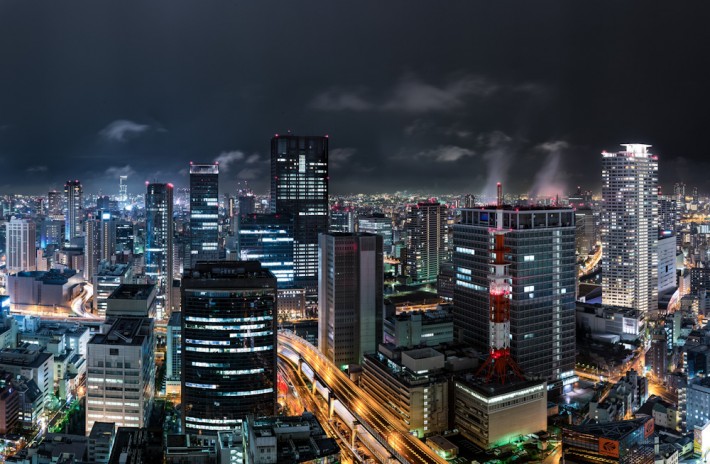
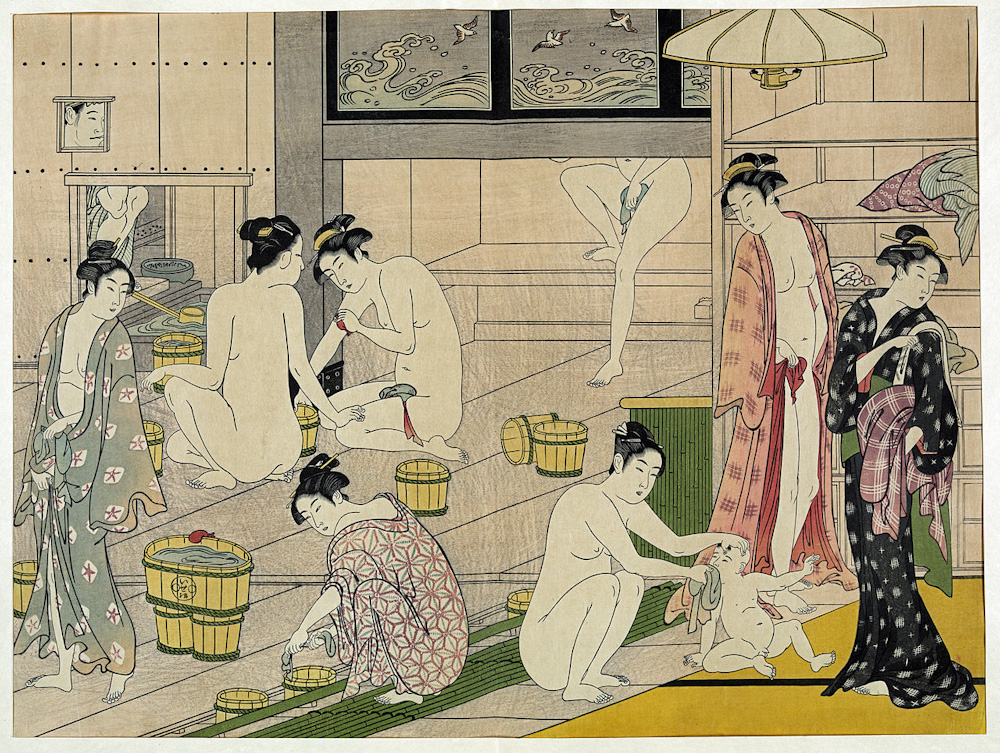
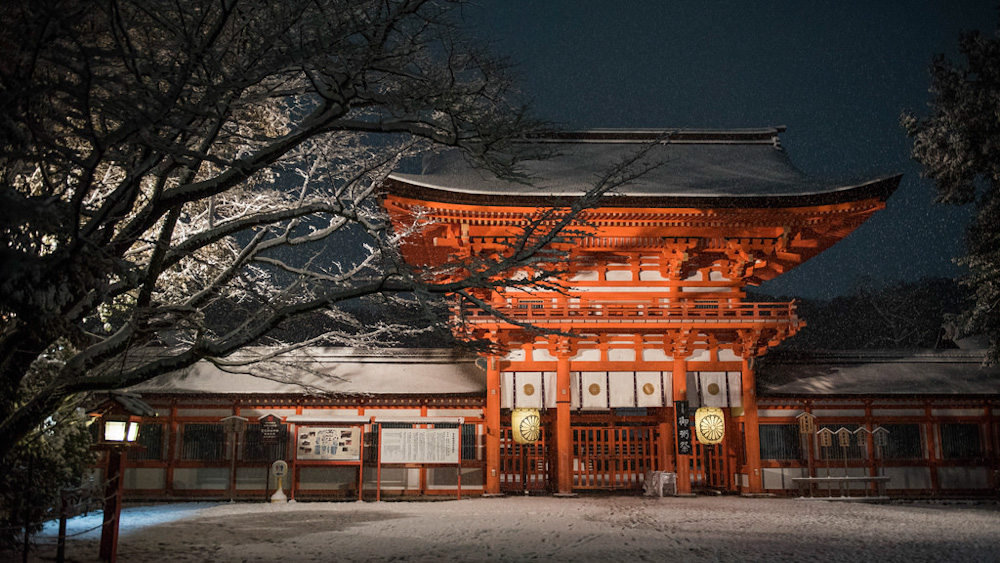
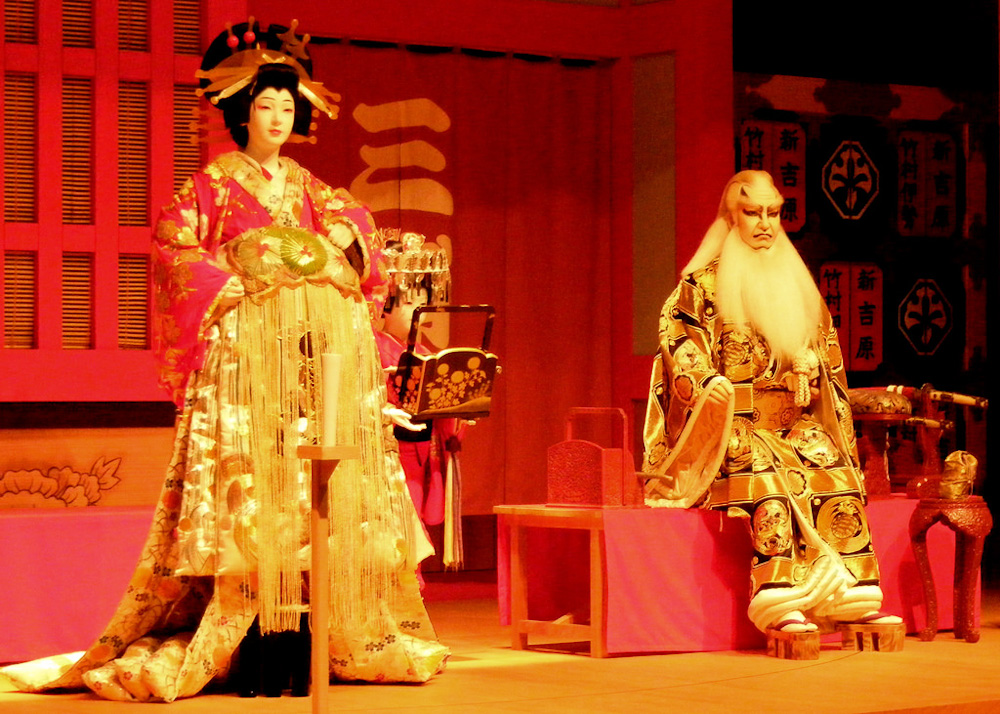
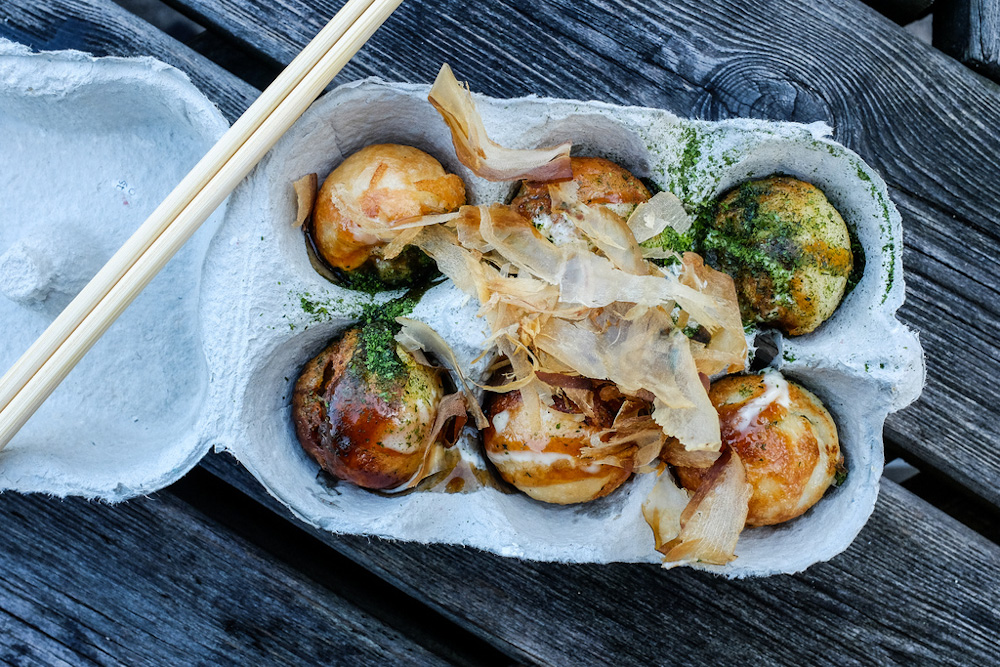


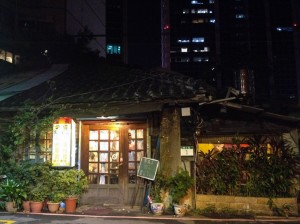
I’m going to Osaka after a few months, and I can’t wait to put some of these tips to good use! Sooooo excited!! :D
Awesome!!
Let us know how the trip goes! ;)
Me too! Although we’ll be going to Kyoto too, I would definitely visit Sumiyoshi-Taisha Shrine since you mentioned it is of pure Japanese architecture.
The ultimate Japanese experience – Sentou, okonomiyaki and of course drinking namaibiiru(draft beer)!
Hi, is there a way to easily get Visa for Japan with a valid US visa?
Japan is something magical. Never felt so peaceful and safe as in this country. As soon as you leave Japan, you want to come back again!
Can’t stop exploring this beautiful corner of the World! :)